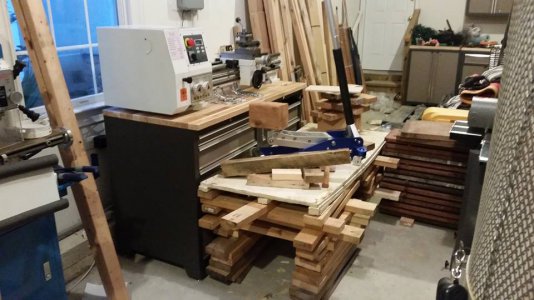- Joined
- Sep 5, 2012
- Messages
- 940
That's the best explanation on using brown paper, thanks. BobBill just watch out for the white papers as they have clay in them that tends to make them slippery, especially under pressure. Brown paper bag does not have clay in it and is stickier than the white paper.


